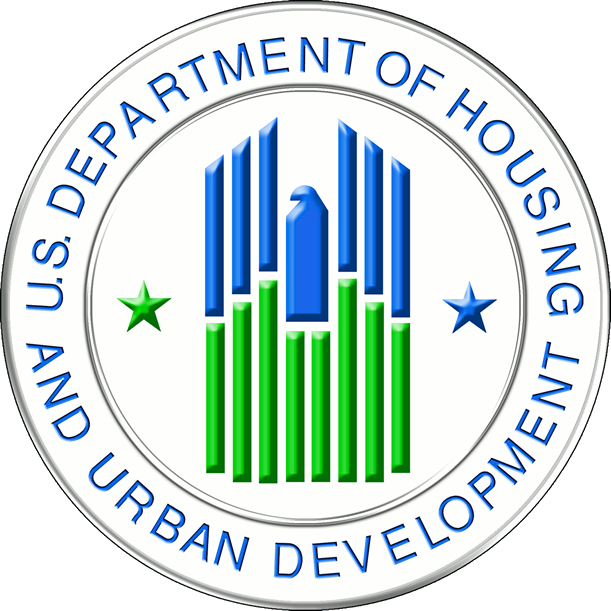
| Entities | |
| Topics and Issues |
A lot of attention has been focused on the validity of tenant screening reports and the reliability of data from government and private sources, and the value of tenant-supplied data. HUD’s Verification Hierarchy and Techniques for public housing agencies (PHA) in eligibility decisions instructs PHAs to put the lowest weight on tenant-provided information, noting that information from a tenant should be used “as a last resort when [a PHA is unable to obtain any type of third party verification].” HUD Notice PIH 2017 – 12 (HA), at 4, Aug. 4, 2017.
The HUD “Verification Hierarchy and Techniques Public housing agencies (PHA) are required to use a verification hierarchy for beneficiaries of Housing Choice Vouchers and other programs” was noted in a 2021 GAO report on fraud prevention. Here, the GAO noted that
[t]The hierarchy provides a roadmap for PHAs on the preferred forms of income and asset verification and next best verification options, if options higher on the hierarchy are unavailable. For example, the hierarchy includes:- HUD’s Enterprise Income Verification (EIV) system (Mandatory)
- Verification of income through a non-HUD computer system (Optional)
- Authentic third party verification such as pay stubs or benefit letters (Mandatory to supplement electronic data systems)
- Standardized verification form completed by third party (Mandatory if authentic third party verification is unavailable)
- Oral third party verification (Mandatory if authentic third party verification is unavailable)
- Tenant declaration (Last resort if unable to obtain any third party verification)
U.S. Gov’t Accountability Off., GAO-21-183, Federal Low-Income Programs: Use of Data to Verify Eligibility Varies Among Selected Programs and Opportunities Exist to Promote Additional Use, 14 (Feb. 2021).